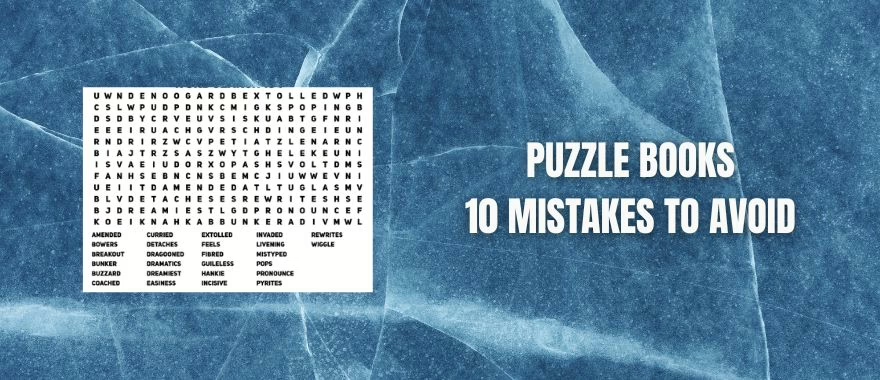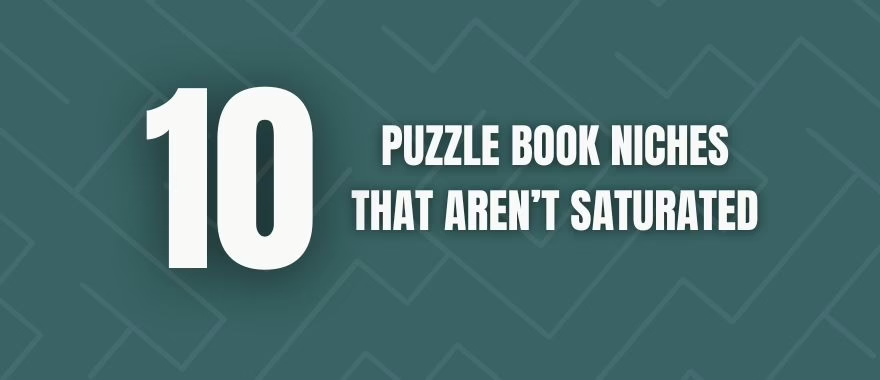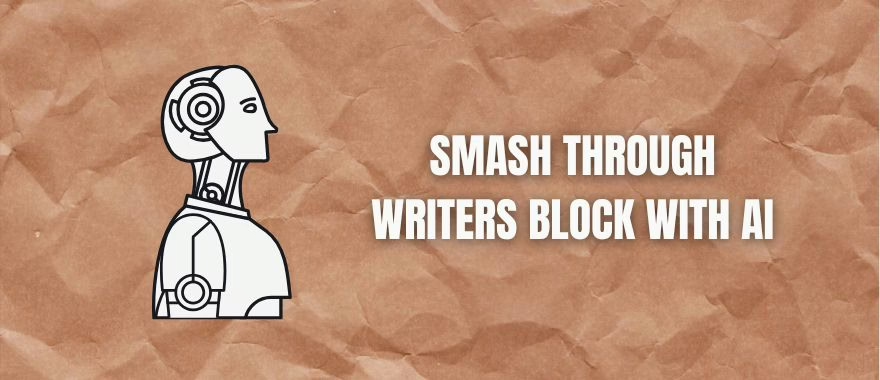If you’re new to creating puzzle books for Amazon KDP, you might run into unexpected roadblocks. I’ve seen many new authors slip up in ways that slow progress and hurt sales. There are lots of mistakes that new creators make with their puzzle books that are pretty easy to fix. If you want to avoid making the same problems, here’s a handy guide to what to avoid doing.
Content and Puzzle Errors
Mistake #1: Using a Bad Puzzle Generator
Not all puzzle generators are created equal. I’ve tried a lot of different ones and can assure you that some are better than others. You want to choose a tool that you are sure gives accurate puzzles. If you’re making a puzzle book with 1000 puzzles in it, it would take you ages to test each and every puzzle in order to make sure that they are solvable. You cannot sell books with puzzles that cannot be solved. This will lead to negative reviews which can kill sales to your book.
The puzzle generator I’ve been using for years has been well tested and has always given me accurate puzzles.
Mistake #2: Not Providing Solutions
This one seems like a no-brainer, but I’ve seen more and more of these puzzle books pop up on Amazon. In order to use fewer pages and pay less for printing costs, some creators have opted to leave out solutions, or provide them separately online. This is not an option. Books let people get away from their screens and enjoy time with pen and paper. It is absolutely a terrible idea to not give your customers an easy way to check if their solutions are correct. Always provide solutions!
Mistake #3: Rushing Your Puzzle Quality
Sometimes, the focus shifts to filling up pages instead of making each puzzle fun. It’s easy to add extra pages that do not add any value. Quality matters more than quantity. Spend some time planning puzzles so that they offer a good mix of difficulty and fun. While games like sudoku will inevitably have lots of similar puzzles, there should never be duplicated puzzles.
Your readers want fresh challenges as they move through your book. If you add recycled puzzles from older projects, they will never buy another one of your books. Remember, your work should keep readers engaged from start to finish, and always be fresh.
Mistake #4: Not Spending Enough Time on Layout and Formatting
A common problem is to see the interior design as an afterthought. When pages feel cluttered or unevenly aligned, readers may struggle to enjoy the puzzles. Spend time learning how to set up a neat template. Look at puzzle books you like and see what you can mimic. A clear layout makes your puzzles easier to read and solve. Small changes add up to a better overall experience.
The most important thing that you MUST do is to ensure that you have a proper gutter. A gutter is the white space in the center of your book that keeps puzzles as far away from the seam as possible. This makes it easier for customers to fill in parts of the page without having to rip it out completely. I use this tool which creates puzzles and adds gutters to every puzzle.
Mistake #5: Forgetting to Provide Clear Instructions and Answer Keys
People need clear steps on how to solve puzzles. They might have forgotten how to play a specific game, or are buying the book as a gift for someone else. Always include simple instructions on the first few pages. These instructions help your audience enjoy the challenges you set without getting frustrated by unclear directions.
Design, Marketing, and Process Errors
Mistake #6: Overlooking Keyword Research
Amazon KDP is a big marketplace, and you need to get your books noticed. Many new creators forget that titles and descriptions play a big role in showing up in search results. Spend some time learning which keywords match your puzzle book’s theme. Look at similar books and see what words they use. Use tools that help you check for words that your target customers are likely to search for. With proper research, your book will get noticed among many others.
I used Publisher Rocket to find the perfect keywords for my puzzle books and novels.
Mistake #7: Bad Cover Design
Your cover is the first thing a potential buyer sees. A badly created cover can turn someone off your book immediately. You want your cover to tell a little story about the puzzles inside. Look at covers of other puzzle books that seem to sell well. This does not mean copying them, but rather understanding what makes them stand out. A good cover usually has clean graphics and a clear title. Invest some time in learning basic design or even hiring help if you must.
Mistake #8: Ignoring Amazon KDP Formatting Guidelines
Each platform has rules that you must follow. Amazon provides clear instructions on how the files should be prepared. Many new creators skip a careful read of these requirements. If your file has the wrong margins or if images are not in the right resolution, Amazon might reject your upload or the print might not look good. Spend an afternoon with the KDP guides. Follow the advice on page dimensions, bleed settings, and file types. Getting these details right means fewer delays and a smoother upload process.
Mistake #9: Low Resolution Images
Some puzzle generators will give you low-quality JPG images that can look terrible if you have to make them bigger on-page. You either need to make that the images are high-quality or that the puzzles can be exported in vector format (SVG). These types of files can be blow up as big as you like without them ever losing quality.
Mistake #10: Setting the Wrong Price
Finally, many new authors struggle with pricing their puzzle books. If you set the price too high, you may scare off people who are just browsing. On the other hand, pricing your book too low might will lead to little to no profits. Research similar puzzle books on Amazon. See how others in your niche price their books. Adjust your price based on the size of the book, and the amount of time it takes you to create it. A fair price tells buyers that your book is a solid offering. Test a few prices over time and be ready to adjust over time.
Taking the Next Step
It takes time and careful work to put together puzzles that are fun, clear, and properly designed. Mistakes with puzzles or design can make a reader give up on your book. Extra care with formatting can make your work stand out from the rest.
When you polish your project before uploading, you save time on fixes later. Buyers appreciate a book that is easy to navigate and offers puzzles that work. This effort will show in reviews. Taking time to do keyword research can also pay off by driving more readers to your book. Spend lots of time on your cover as well Every choice you make has an impact.
Puzzle book creation is a process where every detail matters. You might be tempted to rush through the work, but putting in that little extra effort can boost your sales immensely. Imagine a reader who picks up your puzzle book on a lazy afternoon. They want to enjoy a clean layout, clear instructions, and puzzles that challenge them. Each of these elements adds up. The mistakes you avoid today pave the way for higher sales tomorrow.
10 Mistakes New Puzzle Book Creators Make
Creating puzzle books for Amazon KDP isn’t hard. Use your mistakes as stepping stones. By checking your work, investing in better design, and keeping tabs on what your audience searches for, you give your puzzle book the best chance to succeed. You deserve to see your hard work pay off, and each mistake you catch means one less problem for your readers. Your journey as a puzzle book creator is exciting and full of lessons. Every step you take builds your skills. As you move forward, keep these 10 mistakes in mind and use them to guide your next book.





